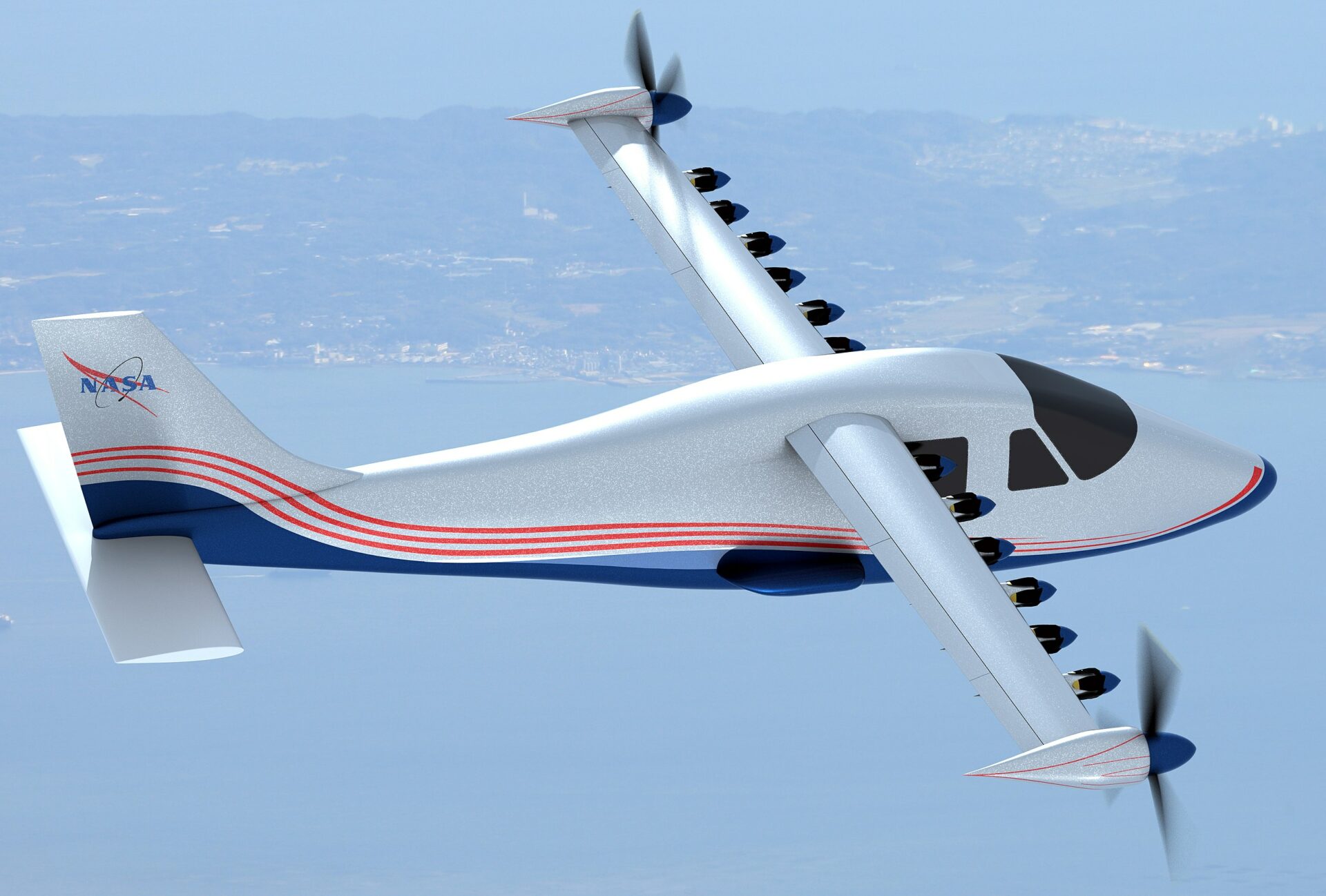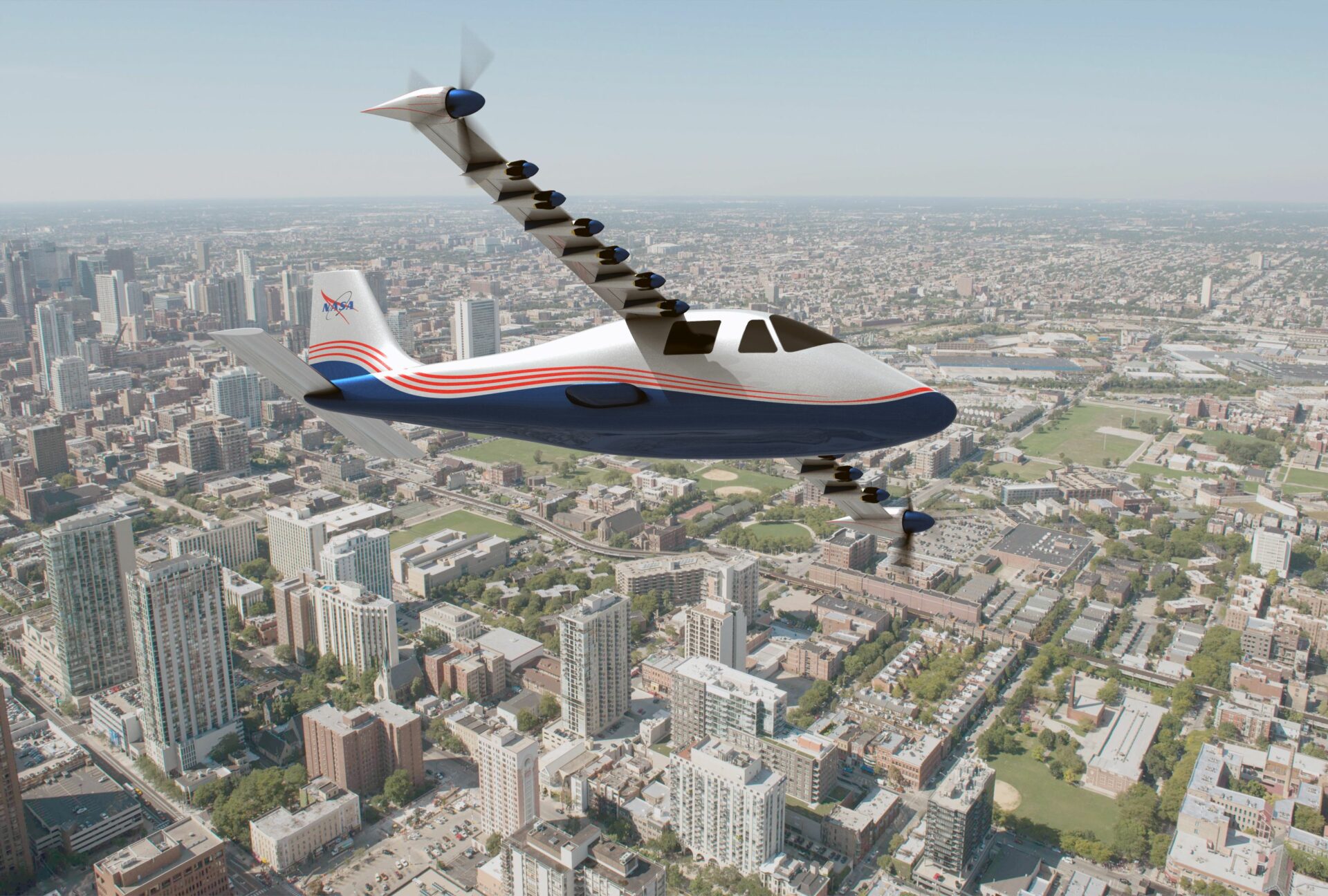The experimental fully electric X-57 aircraft manufactured by NASA will take to the air in July. The X-57 project was launched in 2016 with the aim of studying an all-electric power plant in the hope of developing a more efficient and environmentally friendly aircraft.

X-plane series
Experimental aircraft with the designation X or X-plane originate from the 1940s. Then the US Navy and the US Air Force sponsored the X-1 program to build an aircraft to overcome the sound barrier in 1948. Later models in the series included the X-15 in the late 1950s and the X-51 in the 2010s, both of which explored high-altitude hypersonic flights at five times the speed of sound.
The modest X-57 does not look as exotic as its ultra-fast and fantastic predecessors. Nevertheless, NASA is testing several advanced technologies on this aircraft. Unlike high-altitude hypersonic models, the X-57 is designed to fly quieter and more efficiently.
Clean for the environment
According to the International Civil Aviation Organization, aviation is responsible for 2% of global CO2 emissions. Worse, unlike automobile gasoline, aviation kerosene still contains lead, although in smaller quantities. At the same time, it is the main cause of environmental pollution. Therefore, electric motors for airplanes look promising to save the environment.

The Aerospace Administration took a commercially available Italian-made twin-engined Tecnam P2006T aircraft, and then proceeded to modify it. The Rotax 912S3 four-stroke engines were replaced by two 60-kilowatt electric motors that drive two 1.5-meter screws mounted near the wingtips. 12 half-meter screws with small electric motors are installed along the front edges of the wings.
Leading Edge Asynchronous Propeller Technology
The wings were “trimmed” by 42% of the previous size, which reduces drag and makes flight more efficient. The 12 smaller rotors help mitigate the loss of lift due to the small wing, effectively doubling the lift. This is the evolution of a technology that NASA calls Leading Edge Asynchronous Propeller Technology or Leaptech.
Electric motors and avionics are powered by two 180-kilogram lithium-ion batteries installed in the cockpit of the X-57 aircraft. They provide a total power of 23 kilowatt-hours. NASA has spent a lot of time and effort to ensure that they do not overheat and catch fire.
If the X-57 can demonstrate the possibility of fully electric flight, it will pave the way for electric-powered aviation. Without internal combustion engines, these flights could be quieter, but not silent — even electric propellers sound like drones.
Follow us on Twitter to get the most interesting space news in time
https://twitter.com/ust_magazine

